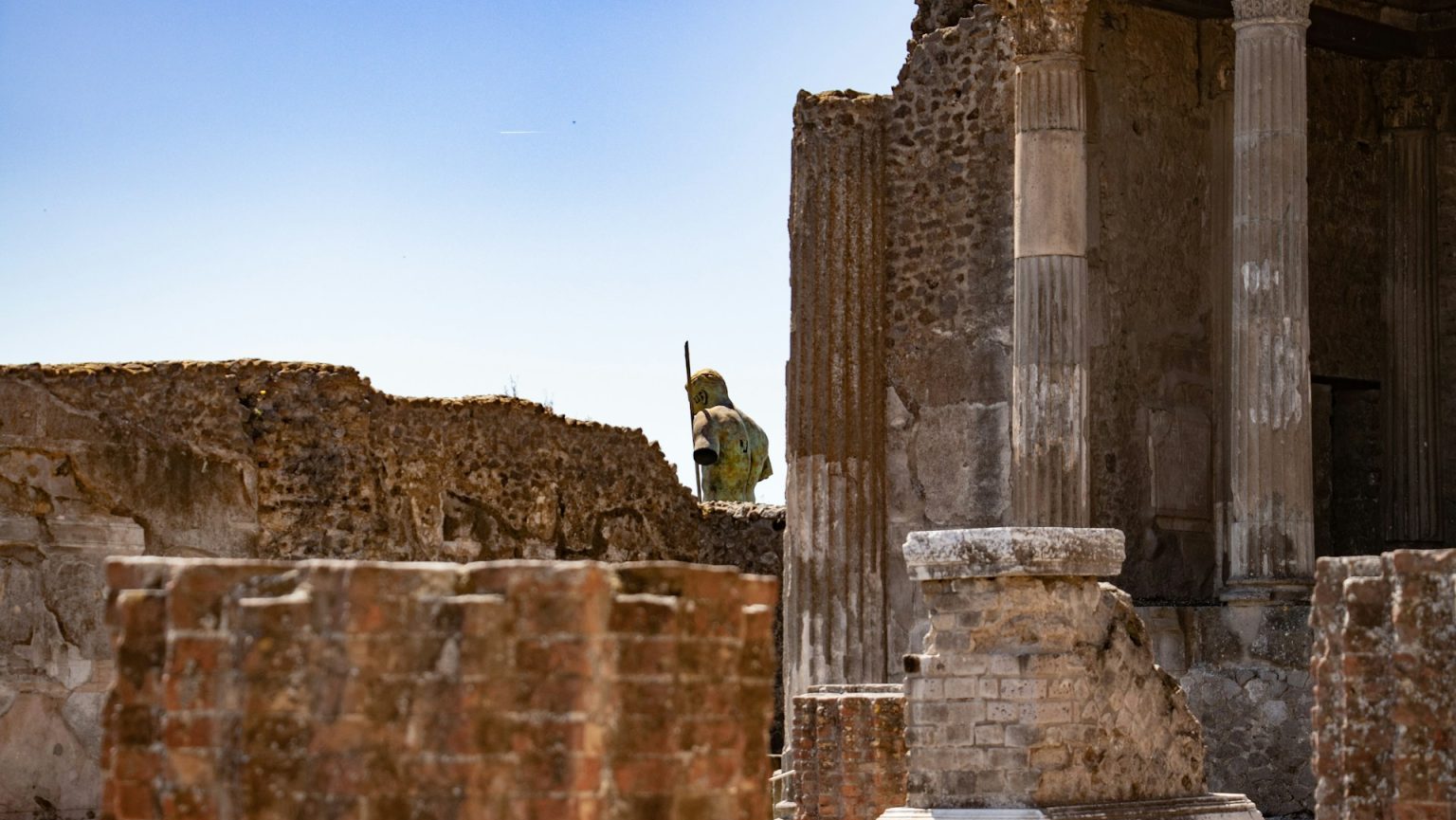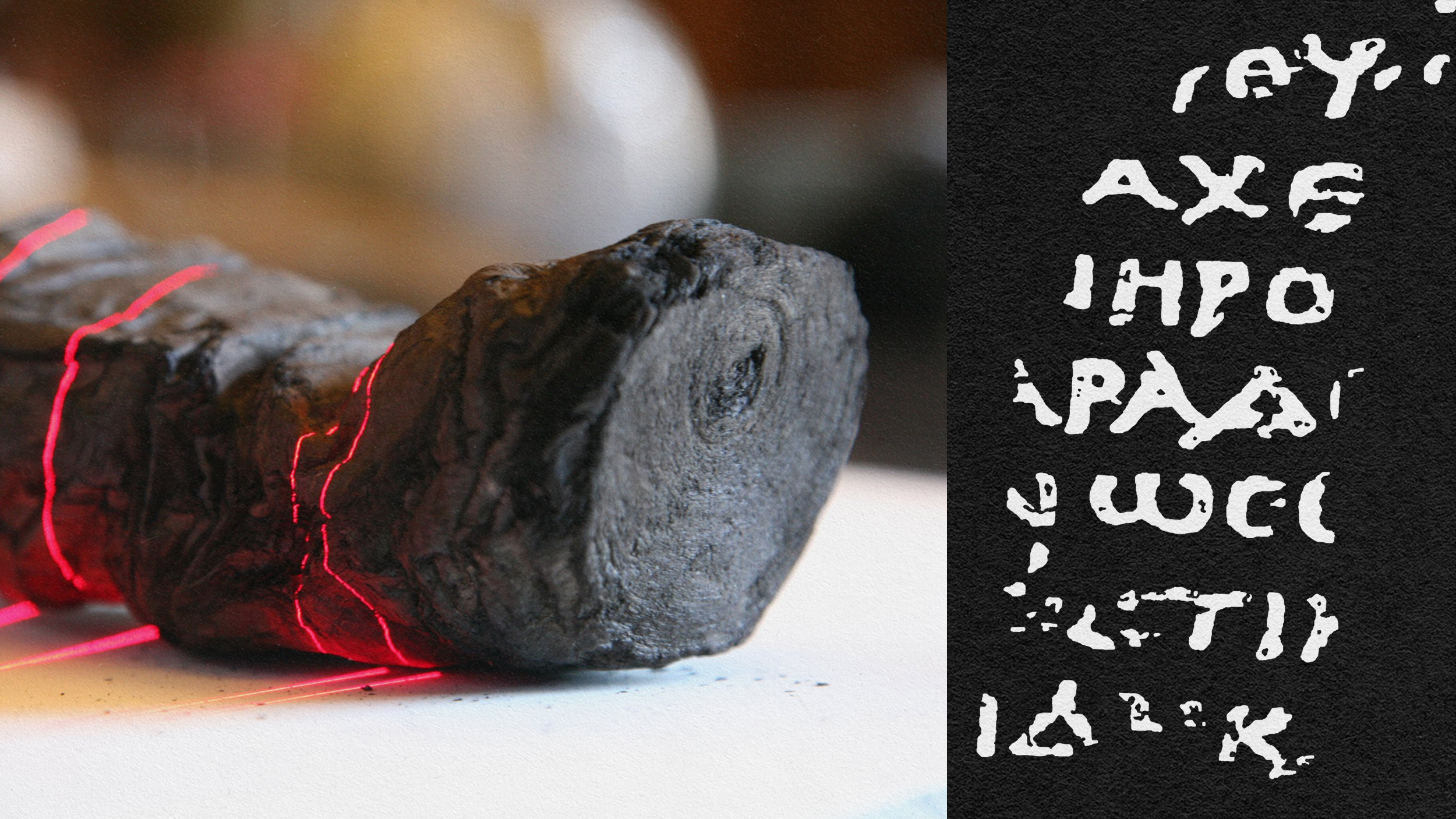Danger posed by Vesuvius downgraded from “Biblical” to “Monumental”

nn
For those of us who track volcanoes and the hazards they present, the general consensus is that Mount Vesuvius in Italy is probably the most dangerous volcano in the world today. This is not because it is the biggest or most powerful, but because it is located on the outskirts of Naples, Italy, a city with over 2 million inhabitants (including the surrounding area). Evacuating such an area quickly and efficiently during a time of crisis might be, well, impossible. We know that Vesuvius can be destructive – just look at the fact that much of the Naples area is built on the deposits of the volcano that has repeated buried the area (and former cities like Pompeii and Herculaneum) – and we know it is a vigorously active volcano, with its last eruption only ~60 years ago. Naples is a powder keg for potential volcanic destruction, and it is just waiting for the spark that Vesuvius might provide.
nn
However, with all that being said, there have been a flurry of recent reports downplaying the potential destructive future behavior at Vesuvius. The long and short of this research conducted by Michel Pichavant and Bruno Scaillet from the University of Orleans (France) is that the magma chamber at Vesuvius is getting shallower (closer to the surface) over the last few thousand years. Their findings (although never explained in the articles is how they came to these findings, a big peeve of mine) suggest that the magma chamber that produced the lavas that have erupted in the last few hundred years (my italics) has risen from ~5 km depth to ~2.5 km depth. This might suggest that future eruptions if from this chamber (my italics)might be less explosive as magma stored at shallower depths to degas easier (less confining pressure), thus preventing catastrophic degassing that produces explosive eruptions – think of the different between opening a bottle of fresh soda (deep chamber) versus flat soda (shallow chamber). These data are interesting, however, they only suggest that the recently tapped magma chamber is shallower. It does not offer any insight to whether future eruptions might originate from deeper in the system if there is a new influx of magma from depth. If that is the case, all bets are off in terms of the lower perceived danger of Vesuvius.




